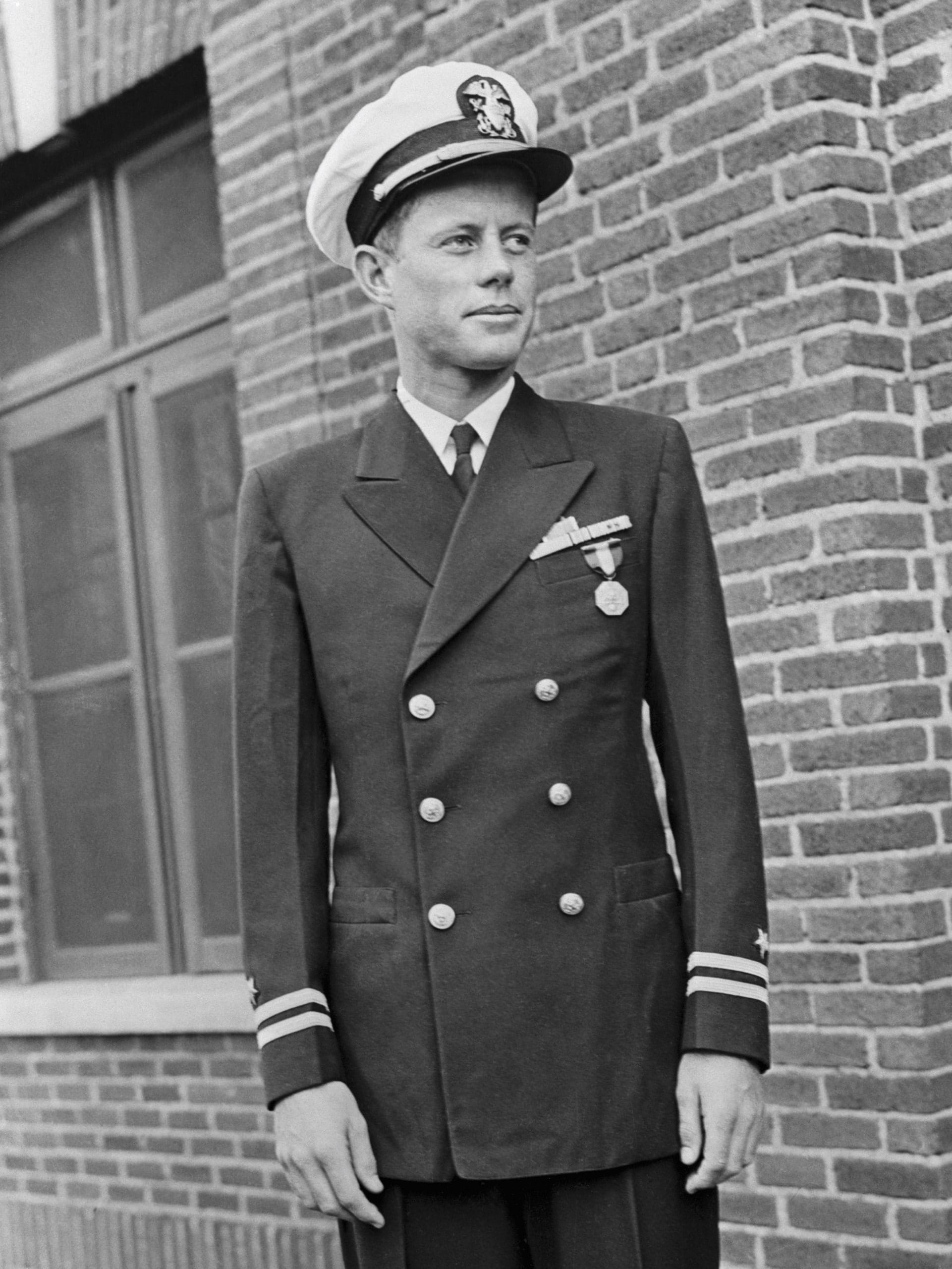How JFK and Adolf Hitler Became Addicted to Meth Amphetamine
Executive Summary
- John F Kennedy and Hitler had health problems for many years and endured many treatments.
- The story of his use of drugs is curiously deemphasized in their history.

Introduction
Amphetamines are the primary treatment for ADHD. What drug companies want left out of public understanding is that the medical establishment has gone through four distinct phases where it caused large-scale addiction to amphetamines. This article provides some historical context and covers how both JFK and Hitler got addicted to meth as a miracle drug that gave them confidence and vigor. The story of their addiction and the impact on their professional and personal life is covered in this article.
Our References for This Article
If you want to see our references for this article and related Brightwork articles, visit this link.
John F Kennedy’s Lifelong Health Problems
Several historical figures are led to addictive drugs, not through recreation but pain management. A few notable examples include John F Kennedy, Marylin Monroe, Adolf Hitler, and Herman Goring. However, many others can be added to the list. JFK had an enormous number of health problems in his life. His earliest ailment was Addison’s disease. Addison’s disease is where the adrenal glands produce insufficient levels of cortisol.

If one looks back at early pictures of JFK, several photos show him as quite underweight. This inability to maintain an average weight is attributed to Addison’s disease.
JFK was not underweight for just a few years. He was chronically underweight in his youth, as is explained in the following quotation.
The first clue to Dr. Mandel’s “diagnosis” was the fact that JFK was a “sickly” child. According to family records, his autoimmune disease began to exhibit itself in the first two years of life—when he suffered from almost constant infections during infancy, including scarlet fever. His symptoms continued throughout childhood and included nausea, diarrhea, joint pain, headache, fever/infections, and fatigue. As he approached adolescence, JFK’s main symptoms included diarrhea/nausea and weight loss, which required multiple hospitalizations. At the Mayo Clinic he was diagnosed with colitis, but today it would likely have been called celiac disease, which is a common component in the autoimmune polyglandular syndrome and other genetic autoimmune diseases. – Practical Pain Management
Colitis is an inflammation of the colon.
JFK has numerous autoimmune diseases that would have both had problematic and distasteful symptoms and required constant treatment.
How Was JFK Allowed to Serve in a Combat Role?
What JFK was able to accomplish, given his lifelong debilitations, is nothing short of miraculous — of course, he was helped along by a powerful and influential family. JFK appears to have been a person who put his health as a secondary concern to his career ambitions.
Curiously, JFK could enlist in the military in anything but a non-combat capacity. First, he does not appear to be sufficiently capable of passing the military’s physical tests for a combat role.
On this point, observe that JFK had to receive medication simply to attend college.
In the late 1930s, some of JFK’s physicians were astute enough to try the newly developed corticosteroid desoxycorticosterone acetate (DOCA) to help manage his colitis. This was the first time physicians could administer a cortisone derivative (in the form of pellets implanted under the skin) and JFK responded. His nausea and diarrhea improved with DOCA, and the treatment allowed him to proceed with college. While this bold move by his physicians probably saved his life, DOCA may have caused an unexpected consequence—osteoporosis. – Practical Pain Management
And this is the problem — side effects.
As I scratched my head about how JFK was able to pass the physical test for the military for combat, I found the following quotation.
By the age of 21 (1938), an ominous symptom began to appear—JFK began having occasional pain in his right sacroiliac joint. Although the pain would disappear, it kept returning and was a little worse each time. Because there was no recorded precipitating injury or fall, it can be surmised that this first pain site meant that his autoimmune genetic disease was attacking the cartilage and lining of this joint. About two years later in 1940 while playing tennis, JFK experienced a sudden pain in his lower right back and he remarked that “something had slipped.” He was hospitalized for 10 days at the Lahey Clinic, where he was fitted for the first of many back supports that he would wear the rest of his life. His back pain slowly progressed, but it didn’t stop JFK from enlisting in the Navy and being assigned to a PT boat in the South Pacific. To enter the Navy he had to use his father’s influence and likely withheld medical information from his military doctors. – Practical Pain Management